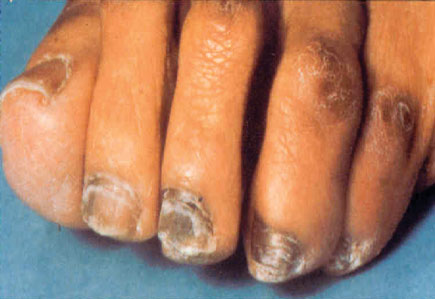Practice Tips: Staying on track for ICD-10
Learn what you and your practice should be doing now to meet the Oct. 1 ICD-10 deadline.
The Oct. 1, 2014, deadline to comply with the new ICD-10 standards has left many practice managers underestimating how much time, particularly staff and administrator time, will be needed to prepare. Here are a few things physicians and office staff should be doing.
Set up the implementation team. Be sure there is representation from the physicians, billing office, administration and clinical support staff. If you do any research in your office, include someone who is knowledgeable about that.
Buy code books. Everyone should start familiarizing themselves with the new codes. Begin building awareness so all physicians and staff can prepare for the change. Run a report of the top diagnoses in your practice and begin learning how to code those conditions first.
Walk around the practice. Think about everywhere ICD-9 codes are used: the superbill, patient invoices, lab and radiology orders, quality reports, disability forms, etc. Anything that needs a diagnosis will need to be revised or replaced. Encounter sheets will need to be totally redesigned, so allow time to do that.
Talk to vendors. This includes any vendor that processes patient data, including your practice management system, electronic health record vendor, clearinghouse, billing service, Physician Quality Reporting System registry, and labs or other facilities that the practice uses. Find out when software updates will be ready. Be sure to ask about dual coding. There will be a time period when systems will need to be able to use either or both ICD-9 and ICD-10 codes.
Talk to payers. Review your contracts for any ICD-coding-specific references and how reimbursements may be affected. Try to get new fee schedules based on ICD-10 codes, and find out how or if payers plan to crosswalk back to ICD-9. Do your contracts need to be updated? Find out if they will be doing any testing with clinicians and when.
Line up training. Clinicians should begin learning the new code systems. There may be other staff members who need to be trained, such as clinical support staff, billing staff, and other staff who use diagnosis codes. There will be myriad options for training, some more affordable than others. Check if local hospitals or medical societies will be offering any training. If not, there are several Web-based options available, some through ACP partners.
Review documentation. If current documentation is good, then the transition will be less painful. The new codes are more specific and include such characteristics as laterality, acute or chronic, etiology, complications, initial or subsequent, sequelae, anatomic location, and so on. If you do not already include those details in your notes, then plan on documentation time increasing. Start practicing now.
Review financial implications. Establish a budget for software upgrades, printing and training. Because it is unknown how ready the payers will be with new payment policies, having a line of credit in place is advisable. Productivity will be slowed initially until clinicians and staff get used to the new codes and workflows.
ACP has many resources available to help understand and implement ICD-10 in your practice. A 1-day precourse will be offered at Internal Medicine 2014 in April; details are available online. In addition, ACP has partnered with other organizations to provide special member pricing on 3 different resources: a project management tool, a series of videos to help physicians learn good documentation, and a Web-based application to help people understand commonly used conditions and how to make the change. A “Commonly Used ICD-10-CM Codes” coding card is also in development and will be available soon. Information about these tools is available online.





